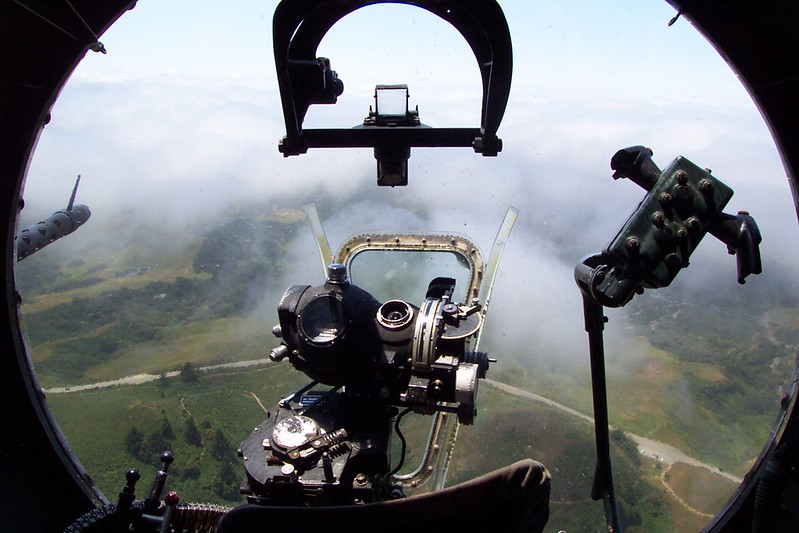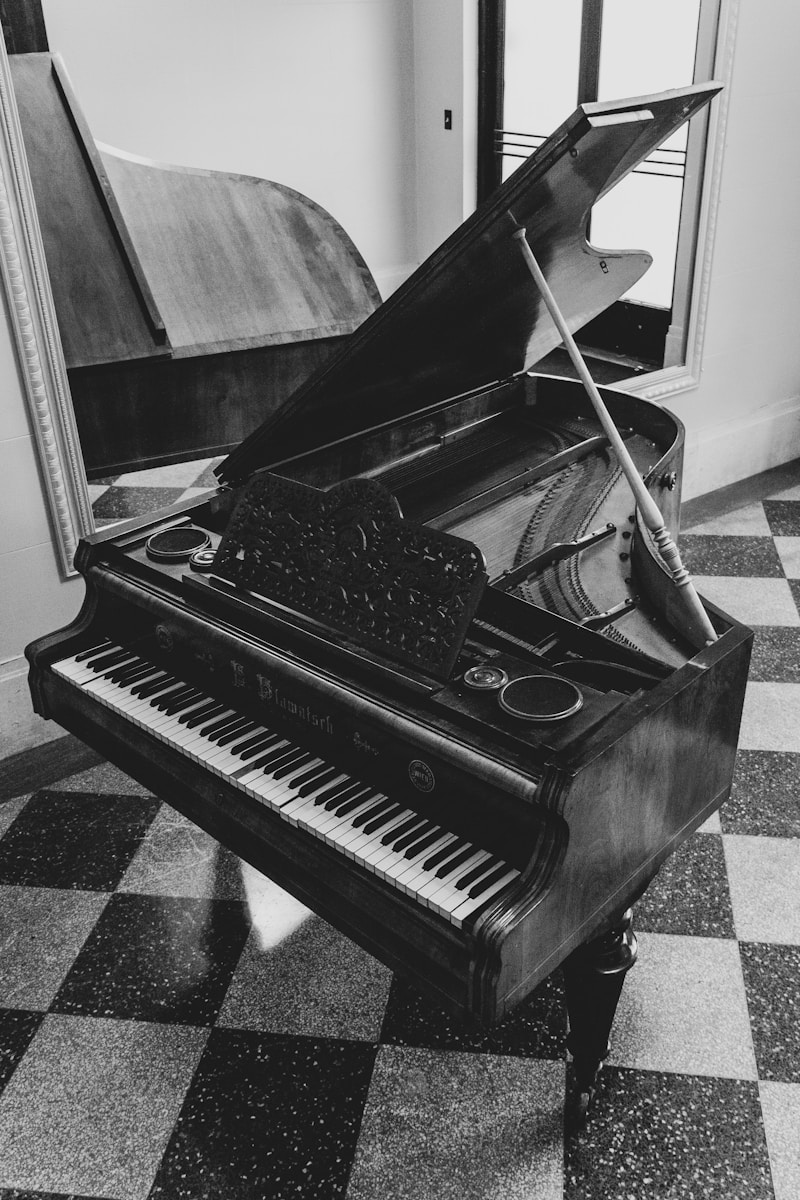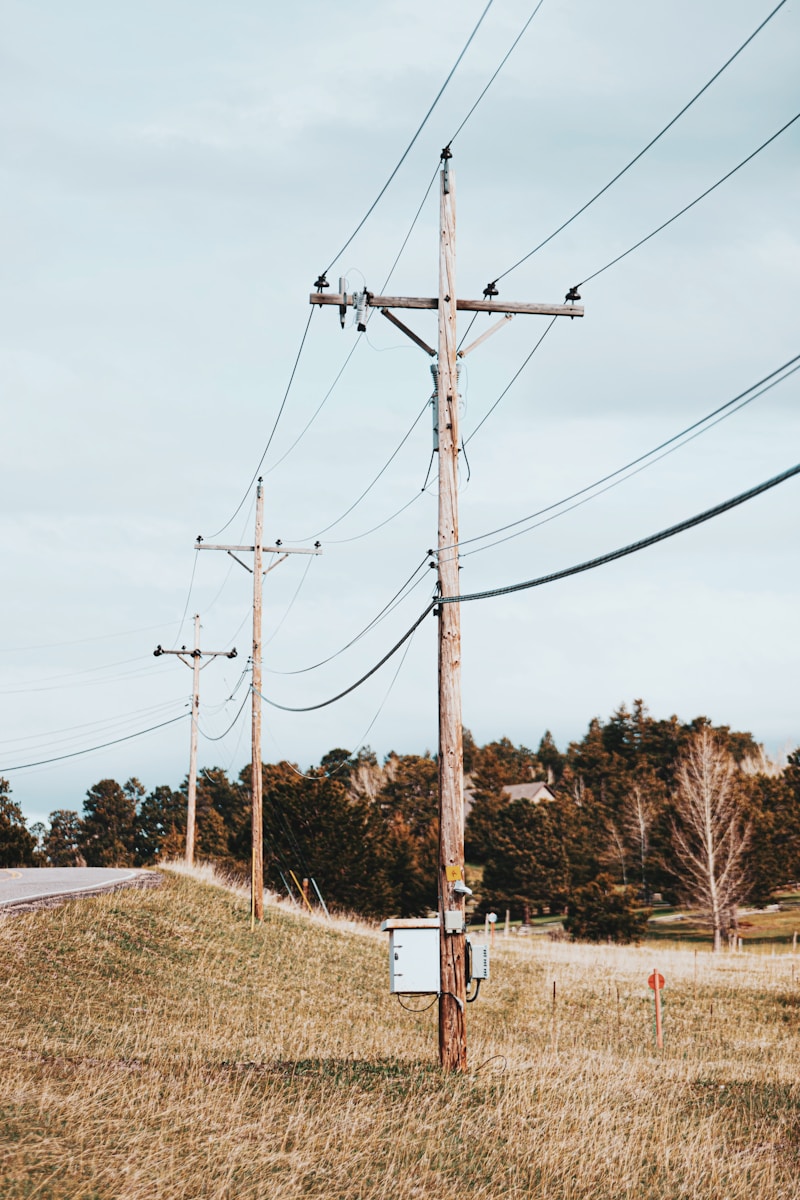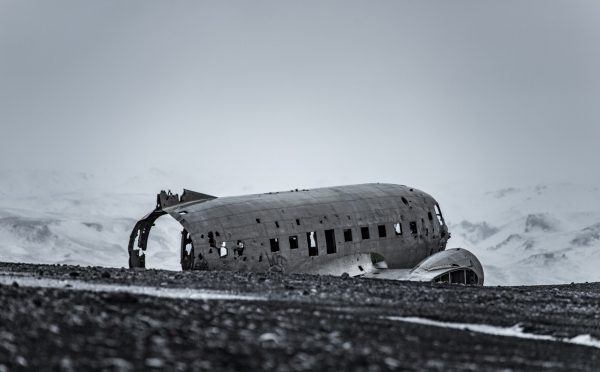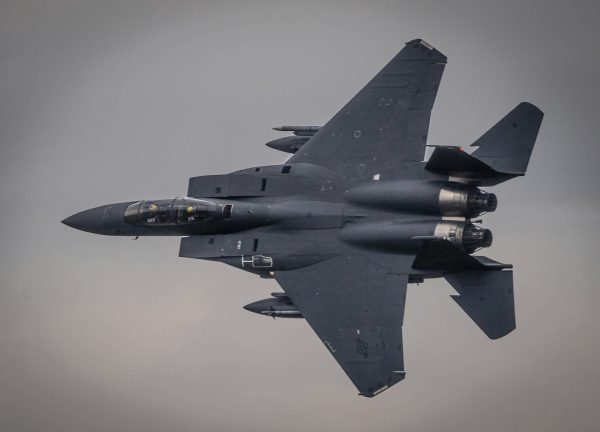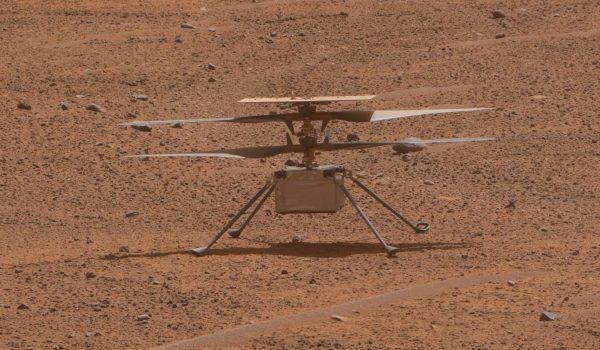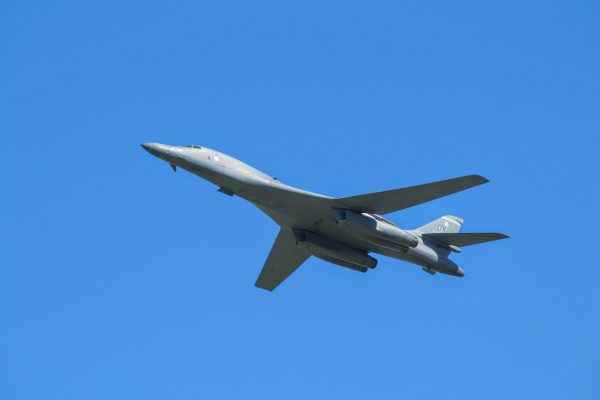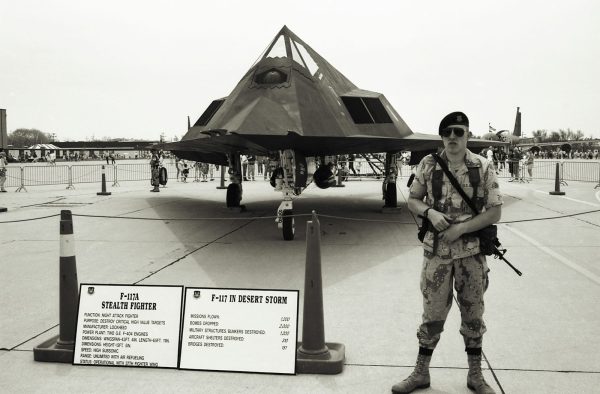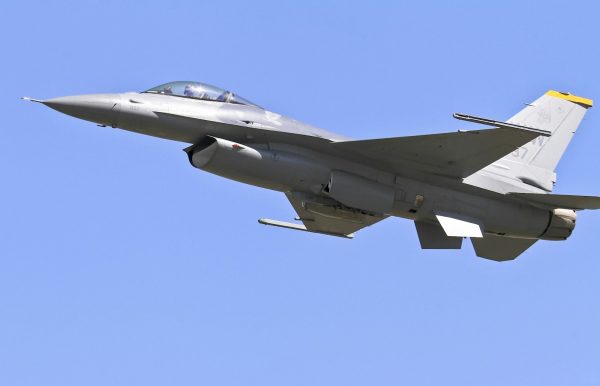The Evolution of Aerial Warfare Over the Years
“Bombardier’s view: B-17G Flying Fortress over Silicon Valley” by Telstar Logistics is licensed under CC BY-NC 2.0
Since its inception, aerial warfare has played a large role in deciding the outcomes of battles and wars. Aircraft have been used to both transport and drop troops, supplies, bombs, and more. Other aircraft have been designed to take down those types of planes before they can complete their objective. And others of have been created to protect the planes that transport and drop supplies and weapons from the planes that want to prevent them from completing their mission. But how did this all come to be? What strategies do the pilots use to do what their plane is meant to do, and where did those strategies come from?
After what is considered the first successful flight made by humans at Kitty Hawk, North Carolina by Orville and Wilbur Wright in 1903, it did not take long for people to develop planes that were much better at taking off without much external help, maintaining flight for a decent amount of time, maneuvering and controlling easily (for the most part), landing safely, and other improvements. At the same time, people involved in militaries worldwide started to see how effective planes could be in war and started making air forces. They started putting machine guns on favorable aircraft and putting bombs in others. At the start of WW1, many countries involved either had an air force or made one or started to make one because of the war. In WW1, however, planes were not as important as they would soon become but still played roles such as reconnaissance, bombing, aerial assault, and they even took down zeppelins.
After WW1, airplanes were still on the rise in both civilian and military popularity. More improvements allowed for much better range and time in the air, speed, maneuverability, reliability, and firepower. In the years leading up to WW2, militaries were trying to stay at the forefront of aerial advancement. They began to shift to monoplanes instead of the biplanes of WW1 and other large shifts in the aircrafts’ appearance. British Hurricanes and German Bf-109’s are good examples of this.
In WW2, the full potential of airplanes was finally realized. At the start of the war, the Third Reich’s blitzkrieg involved planes, such as the Stuka dive bomber, to weaken the enemy so tanks and troops would have an easier time sweeping through large areas. This kind of strategy was also used to a certain extent as the allies tried to invade mainland Europe after D-day. However, the allies emphasized longer-ranged, heavier bombers like the B-17, B-24, and Lincoln to slow the German war machine from continuing to produce more supplies. To help keep these bombers safe from enemy fighters like the Bf-109, the allies would send them out with escort fighters. One of the original escort fighters used was the P-47, but it didn’t have enough range to accompany the bombers all the way to the target, and as a result, German fighters would often wait just outside of the P-47’s range to take on the bombers alone. This prompted the allies to make a new escort fighter which soon resulted in the P-51, which had a high speed (could reach over 400 mph at times), good maneuverability, good firepower, and enough range to escort the bombers all the way to their target and back.
During this, though, German engineers were already starting on the next era of planes: the jet aircraft. One of the planes that they made was the Messerschmitt Me-163. This plane was a rocket-powered
